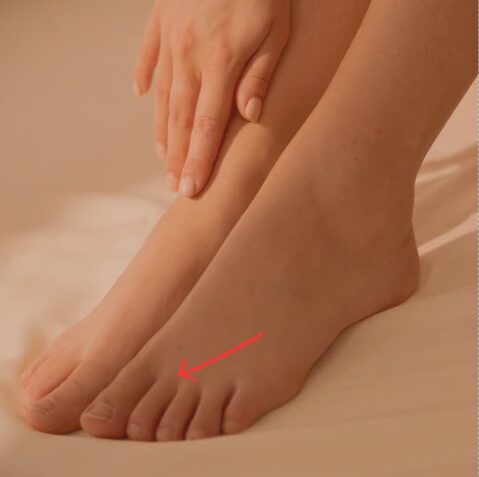What is Freiberg’s Disease?
Freiberg’s disease, also known as Freiberg infraction or osteochondrosis of the metatarsal head, is a relatively rare condition that affects the metatarsal bones in the foot.
Freiberg’s disease is named after Alfred H. Freiberg, an American orthopedic surgeon who first described the condition in 1914. He observed a pattern of osteochondrosis (a condition where bone and cartilage tissue die) affecting the metatarsal heads, particularly in adolescent females.
Freiberg’s disease typically affects the second or third metatarsal head, although it can involve other metatarsals as well. It most commonly affects adolescent females, but it can occur in individuals of any age and gender.
Symptoms
Symptoms of Freiberg’s disease may include pain, swelling, and stiffness in the affected foot, particularly during weight-bearing activities like walking or standing. As the condition progresses, individuals may experience difficulty bending or straightening the affected toe, and there may be visible deformity or enlargement of the metatarsal head.
Causes
The exact cause of Freiberg’s disease is not fully understood, but it is believed to involve a combination of mechanical, genetic, and vascular factors. Repetitive trauma or stress to the metatarsal head, such as from high-impact activities or abnormal foot biomechanics, may contribute to the development of osteochondrosis in susceptible individuals.
Are you suffering from any foot condition? At The Chelsea Clinic, we can help. One of our podiatrist can assist and then recommend what treatments are best to get you back on track. Podiatrist South Kensington
Schedule an appointment here or you may call us at +44 (0) 207 101 4000.
We hope you have a feetastic day!
-The Chelsea Clinic and Team




